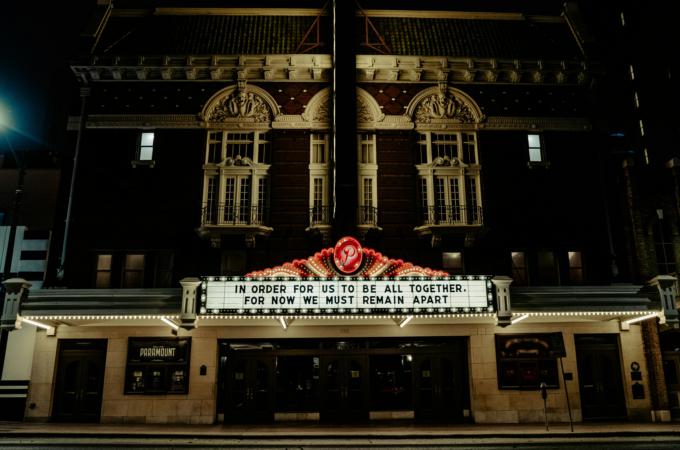The human costs of solitary confinement
No one foresaw the coronavirus outbreak. And now that it is upon us, we have been slow to realize how much it will affect the way we see the world. My mind has been running in some unaccustomed channels.
My wife and I had very mild cases of the virus, though like all who are exposed or sick, we had to quarantine. And now, we, like many big-city residents, are observing governmental directives to stay at home.
We live on the campus at Catholic University and it has never been so quiet. Deer come from across the street to nibble the trees we just recently planted.
For a while, the solitude was peaceful, like a weeklong retreat at a Trappist monastery. But as time has gone by, the isolation has become a bit sad and dreary. I suspect there are many who won't tolerate it as well as we have done.
Prescriptions for anti-anxiety drugs rose 34 percent in the first month of the outbreak. By mid-March, weekly alcohol sales had also risen 55 percent. Some of that may have been panic buying, but I'll bet the buyers drank a good deal of it.
Man is a social animal. We all need more human interaction than just seeing and talking to people on a screen. I miss having our students on the campus. I miss seeing our children and grandchildren. I miss the physical contact we usually take for granted -- kissing babies, shaking hands.
Our concept of quarantine (from the Italian for "40") comes from the Black Death era, when the sick were forced to remain on ships for 40 days before disembarking. It has now been 60 days of lockdown for much of the U.S., and it seems more like solitary confinement than quarantine.
That's the unaccustomed thought I've been having. Solitary confinement began as a Quaker experiment with the best intentions. In the 19th century, the Eastern State Penitentiary in Philadelphia housed prisoners in single cells. (Like us, they wore masks on trips outside.
The purpose, though, was to keep them from communicating with one another rather than to mitigate contagion.) It was hoped that close confinement would protect prisoners from bad society and allow them to think on their sins (hence the word "penitentiary").
It didn't work out that way. Charles Dickens visited Eastern State in 1842 and wrote about it in his travelogue: "I hold this slow and daily tampering with the mysteries of the brain, to be immeasurably worse than any torture of the body."
Half a century later, the Supreme Court made a similar observation about a prisoner who had been sentenced to death. Solitary confinement made his punishment even worse, the court held. It caused some prisoners to go "violently insane; others still committed suicide."
It's sad to think that in our time we have doubled down on the practice, rather than abandon it. There are more than 60,000 people held in solitary confinement in state and federal prisons across the United States. They include some really bad and dangerous people, such as Theodore Kaczynski and Joaquin "El Chapo" Guzman.
But given the effects on the prisoners who are cooped up, I'm sure we are overdoing it.
We, prisoners of the pandemic, are far less isolated than inmates in a supermax facility. We have phones, computers, TVs, and spouses. But that doesn't change the fact that isolation is very bad for human health.
This little confinement due to disease has given me a bit more appreciation for the human costs of solitary confinement. In taking away this lesson, I hope I'm not alone.
- Garvey is president of The Catholic University of America in Washington, D.C.



















